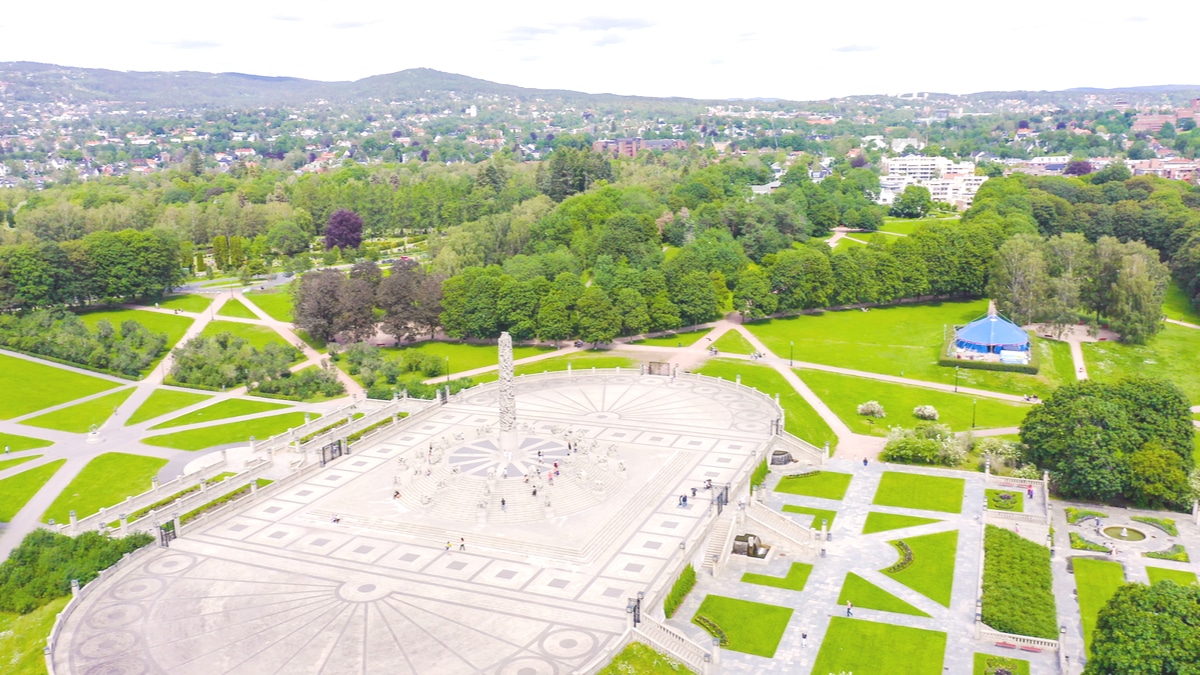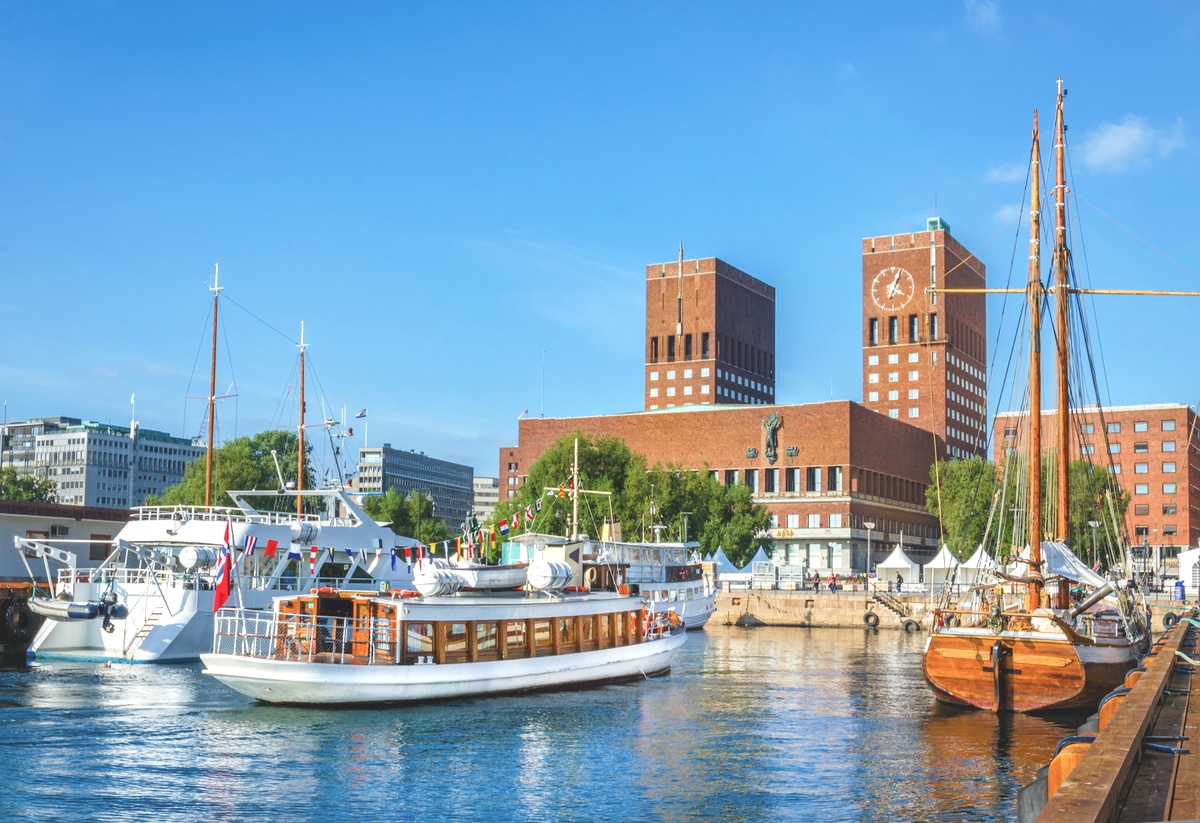Vigeland Sculpture Park
Vigelandpark in Oslo is the largest sculpture park in the world created by a single artist. The extensive grounds are the best-known part of the popular Frogner Park, located on the site of a historic 18th-century estate. The public park is home not only to a unique collection of roses, but more importantly to the fascinating sculpture landscape of Gustav Vigeland.

A skilful negotiator
The sculptor, who was born in 1869 and died in 1943, was celebrated as a genius at a young age. He must also have been a skilful negotiator, for in the early 1920s he persuaded the city of Oslo to give him a house in which to house his studio. Gustav Vigeland lived and worked in this house for almost two decades, creating works full of imagination and creativity. He promised his hometown that he would make these sculptures available to the public in order to make Oslo more attractive. When he began to work on the extensive grounds of Frogner Park, all that was planned was a fountain. But Vigeland's imagination knew no bounds - and so a park was created that probably takes the breath away of all visitors.
Stone stations of life
Today, the so-called "Sinnataggen" is one of the most photographed motifs in Oslo's Vigeland Park. It is the famous "Angry Boy", a defiant head standing on a bridge with a grim face and clenched fists. This sculpture is a much-smiled eye-catcher after entering the park and is one of the sculptor's early works. In total, Vigeland presents no less than 212 sculptures made of bronze and stone in "his" park. These works, some of which are gigantic in size, were created between 1907 and 1942. Many of them are to be understood as symbols of human existence - they are silent witnesses of the cycle from becoming to passing away. Visitors to the park encounter their own stations in life there, and not many view Vigeland's creations very thoughtfully.
The spirituality of the "monolith
The highest point of Vigeland Park is reserved for the "Monolith". This is a column fourteen meters high. Three stonemasons had worked on this compact block of granite for no less than fourteen years under the observation and supervision of the master. 121 figures are wedged into each other and seem to reach for the sky. Vigeland understood this column as a symbol of man's desire to approach his God. However, many visitors also see in the "Monolith" the hope of finding fulfilment in life thanks to spiritual virtues. On an area of 32 hectares, the figures of man and animal are depicted in such a plastic way as if they would very soon awaken from a permanent sleep to life. Vigeland not only developed these sculptures but was also responsible for the whole architecture of the park. However, he could not experience it in its whole dimensions, because some sculptures were not put up there until seven years after his death. What has been preserved is Vigeland's studio at the south side of the park. Today it is a much visited museum.





